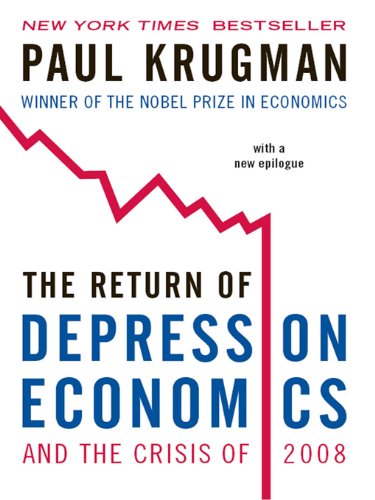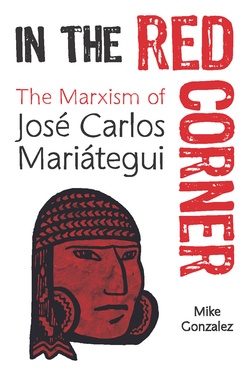The Truth About Modern Slavery, Emily Kenway, Pluto Press, 2021, pp. 227, ISBN: 978-0-7453-4122-4
In a 2022 report, the International Labour Organization estimated that 27.6 million people were trapped in conditions of forced labour, defined as “all work or service which is exacted from any person under the menace of any penalty and for which the said person has not offered himself voluntarily.” While ostensibly differing from its pre-20th century equivalents in that there’s no legal form of ownership of an individual, the idea of the removal of agency and subjugation remains. This number further represents an increase of 2.7 million over the course of 4 previous years and we are told, the numbers continue to increase.
With modern slavery seemingly on the rise, countries the world over have legislated versions of laws aimed at tackling the issue. Australia, Netherlands, France, California and Britain are among some governments that have passed such laws by way of mandating that companies of a certain size be responsible for ensuring their supply chains remain free of forced labour. However, one merely has to look at the cobalt mining industry in Congo that powers our mobile phones to judge the effectiveness of such laws.
Emily Kenway, former advisor to the UK’s first Anti-Slavery Commissioner, has written a critique of modern slavery by examining the very concept itself. The book rests on the premise that defining modern slavery as only the worst form of exploitation fails to acknowledge that exploitation exists along a continuum that’s created within a socio-economic context to which these very governments contribute. These laws are often enacted with the aim of securing borders, advancing business interests and maintaining conservative morality rather than truly alleviating forms of exploitation. In fact, as Kenway shows, the laws themselves often contribute to exploitation itself as they aim to tackle issues piecemeal as opposed to looking at the whole.
Kenway starts by examining the rise of the so-called new abolitionists, a movement that took hold in the 1990s. American academic Kevin Bales and Australian mining magnate Andrew Forrest are credited as launching the movement through their book Disposable People and the Walk Free Foundation respectively. The latter being a co-author of reports alongside the ILO and the International Organization for Migration which put out official estimates of global prevalence of modern slavery. Kenway outlines the spurious methodology that is used to come up with numbers. For example, “estimates were based on the results of surveys in up to 25 countries at most, and these results were then extrapolated to countries considered to have an equivalent risk profile” (p.14). Importantly, Kenway does not necessarily question the prevalence of extreme forms of exploitation, rather, she points to the underlying motives of the new abolitionists and to what ends the governments take up their cause.
She shows how illegal forms of immigration are lumped together as trafficking, which is then conflated with different forms of exploitation, be it sexual or labor, to create a crime to be fought. The origins of modern slavery and the fight against it is done by way of tightening immigration without questioning the status quo. The crime of modern slavery is presented as a “contaminant” to an otherwise perfectly functioning system. This frame shifts the focus from the context in which these forms of exploitation unfold and attempts to depoliticize it by portraying it as going beyond partisanship, when it’s anything but.
Modern Slavery framework allows governments to claim they are acting on humanitarian grounds when they move to create ever more hostile environments for would-be migrants. For example, Spain instituted the Sistema Integrado de Vigilencia Exterior (SIVE), a complex network of radars, high-tech thermal cameras, vessel automatic identification systems and border guards, at the initial cost of 150 million euros from 1999 to 2004 , with the aim of curbing migration but in effect only created even more dangerous routes that people are now forced to take. Elsewhere in the Mediterranean and usually outside of territorial boundaries, navies intercept migrants by employing physical and non-physical coercive means to prevent their landing on EU shores. The EU continues to negotiate readmission agreements, which allow member states to repatriate those deemed illegal migrants back to their countries of origin. When not returning them to their country of origin, they may, like the UK, want to fly them to supposedly safe third countries such as Rwanda, Cameroon, Egypt, Georgia and Morocco. Despite making it ever harder to enter its member states, the EU still maintains to be “intensifying efforts to establish an effective [and] humanitarian…migration policy.”
Kenway locates the hypocrisy here. She notes that people choose to use traffickers because they have no other choice of entering a country. They often take on debt, which leaves them vulnerable to extreme exploitation. Besides, if the governments see migrants as victims, why is the focus not on supporting them but rather on deporting them to the very conditions that they sought to leave? Those who do make it inside a country are then left without the ability to access social services and protection, as often protection is tied to immigration enforcement. This further has the potential to exacerbate exploitation of individuals. The way to end exploitation, Kenway suggests, is by introducing rights and ensuring people have access to help if they need it. Extending the discussion on immigration and labour, she turns to examine sex work and shows how decriminalizing this sector would also ensure those within it have and can enforce basic rights. She shows how the sex industry is just one of many sectors that thrives in darkness, but one that is further complicated by general moral outrage for the fact that it involves sexual transactions.
Lastly, turning her focus to corporate social responsibility and awareness raising campaigns, Kenway shows how solving social ills by way of globalized capitalism is doomed to failure because it does not account for the role capitalism plays in the very creation of these conditions. Looking at corporate social responsibility and supply chains, she shows corporations can tout their commitments to ending slavery, while at the same time refusing to increase payments to their suppliers in poorer countries, demanding more volume, which together leads the suppliers to underpay, overwork, or just not pay their labour at all. Governments and business are further committed to decreasing, busting or preventing worker unions, which have shown to be the best way for labour to defend itself against malpractice. Further cuts in social spending likewise decrease social safety nets, creating more vulnerability and force people to enter exploitative relations as a means of survival.
The story of Modern Slavery ignores the systematic and structural defects of the whole by focusing on its parts. Any intervention is therefore circumscribed by the need to maintain the dominant power and capitalist relations. By exposing the self-righteousness of modern abolitionists, Kenway paints towards a potential way to liberation.




